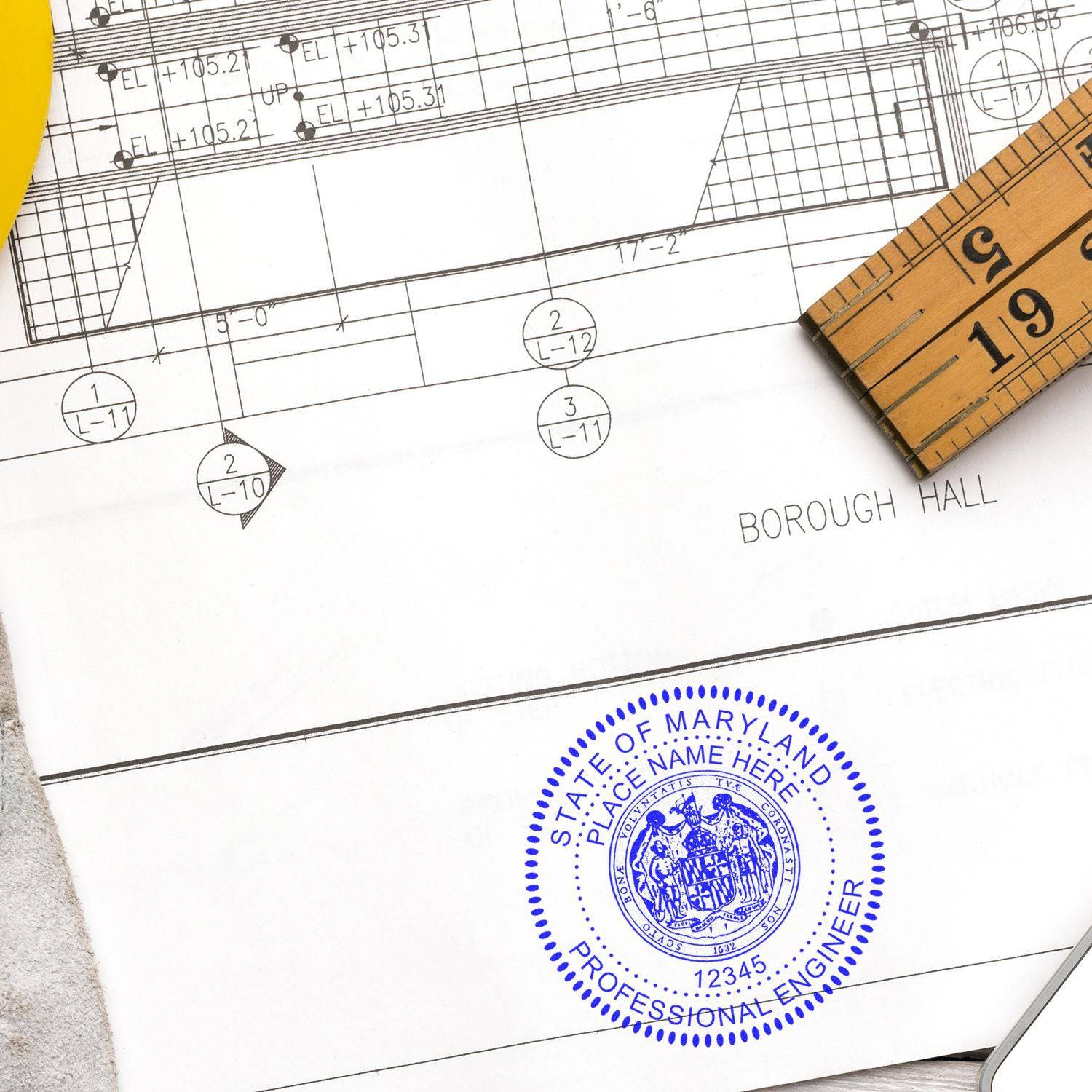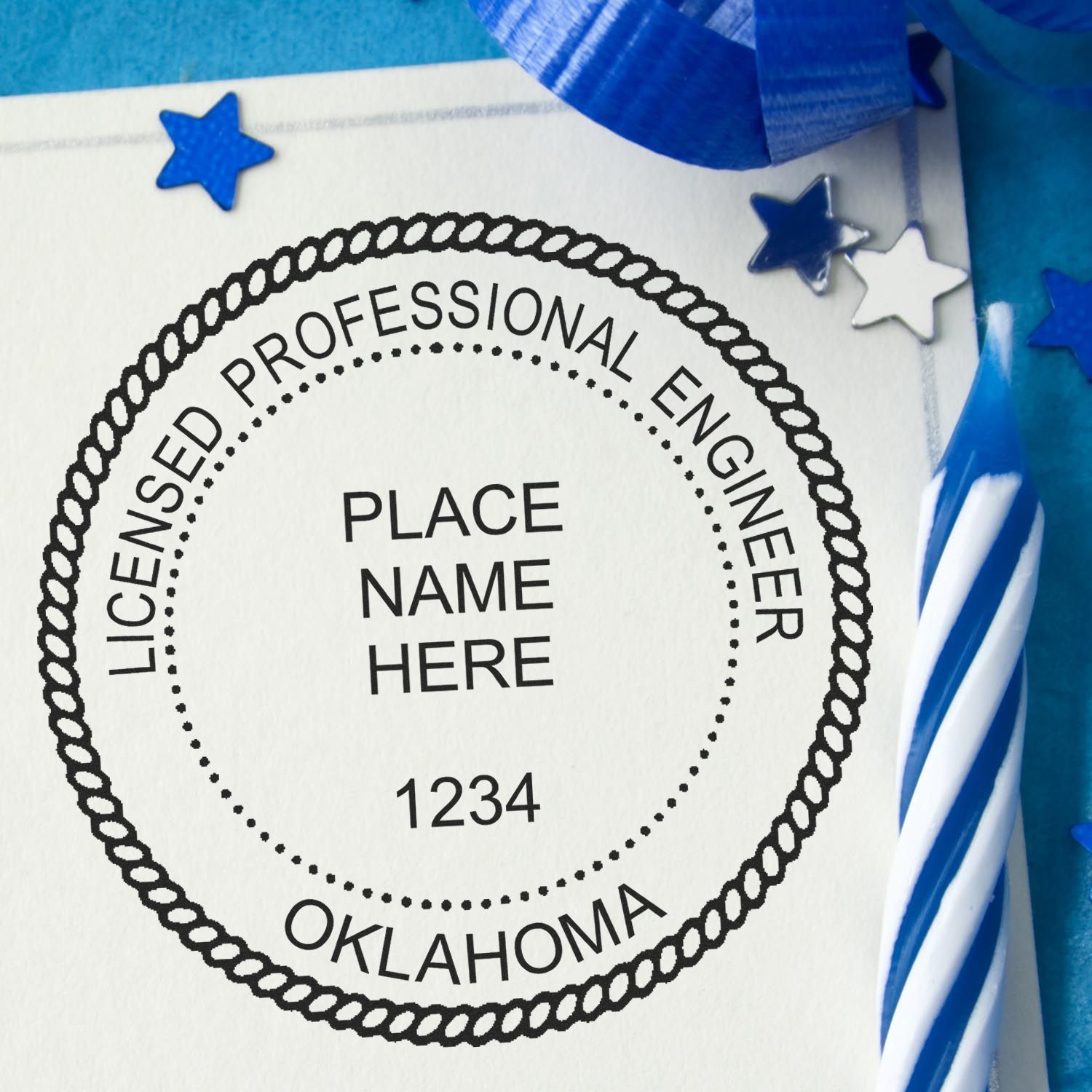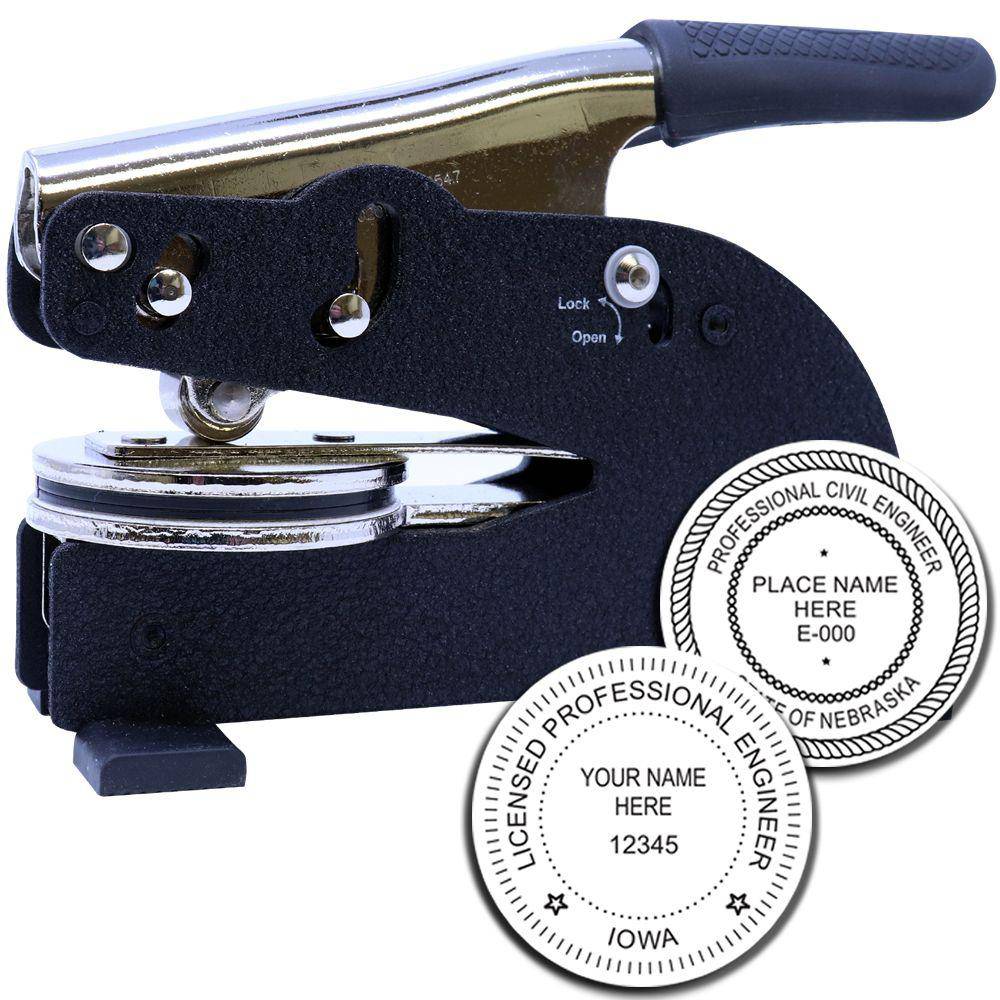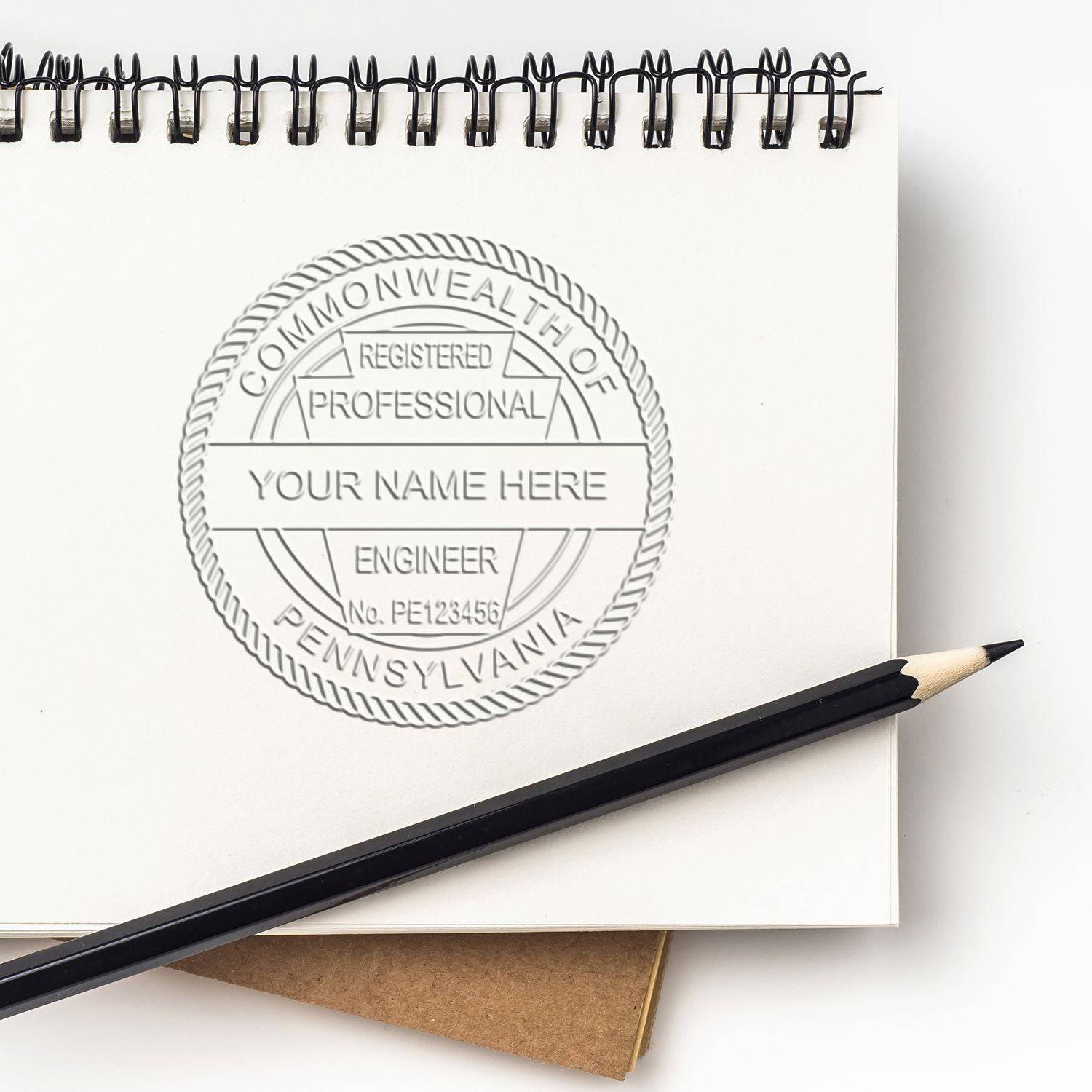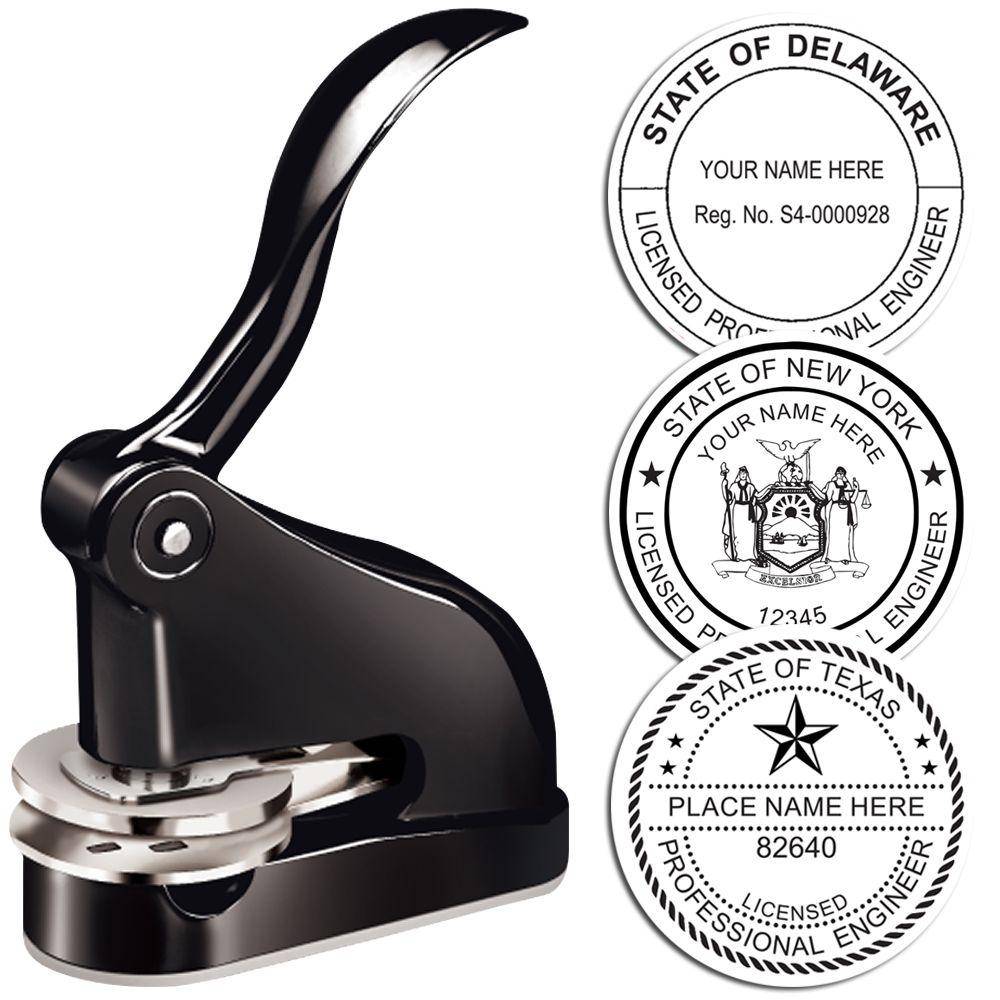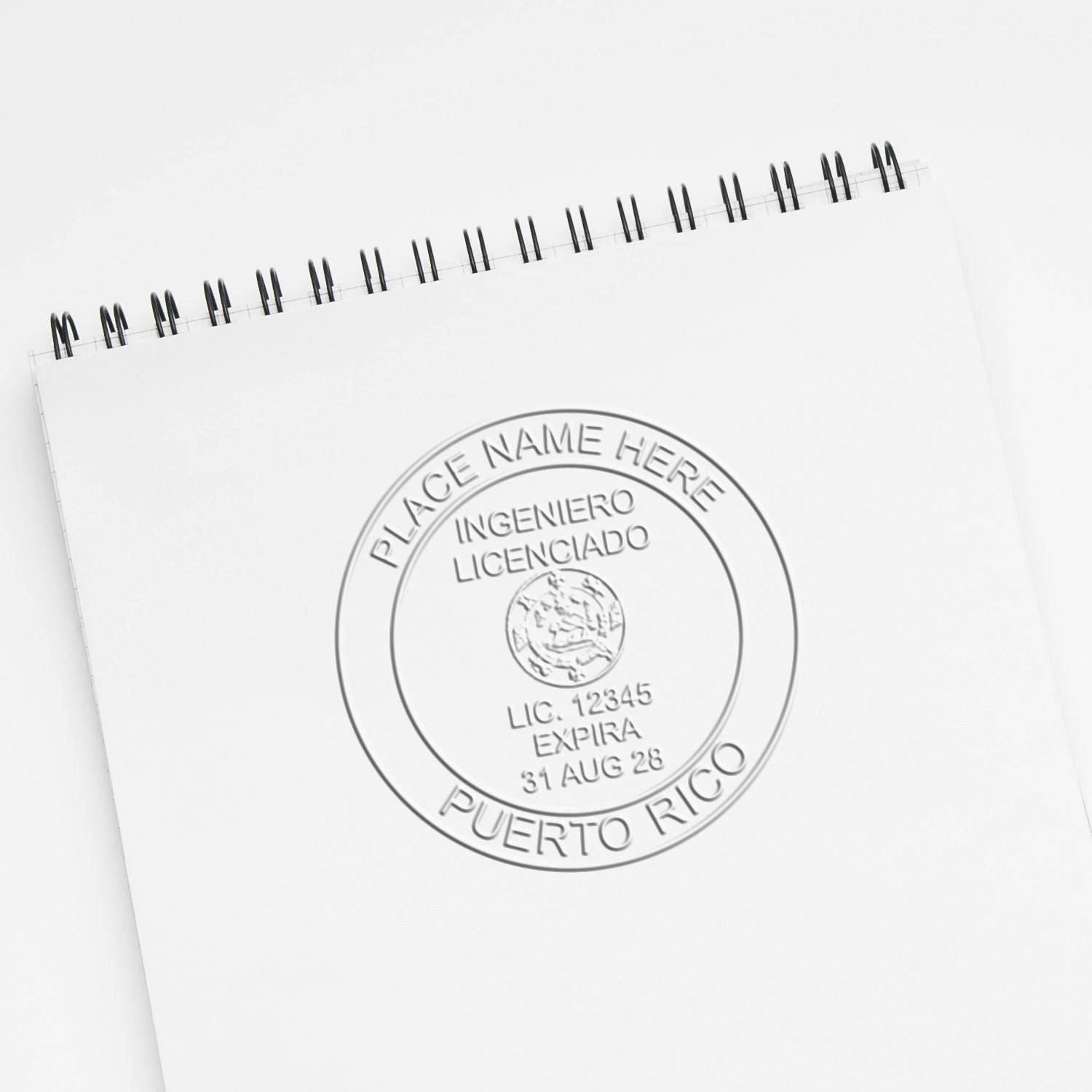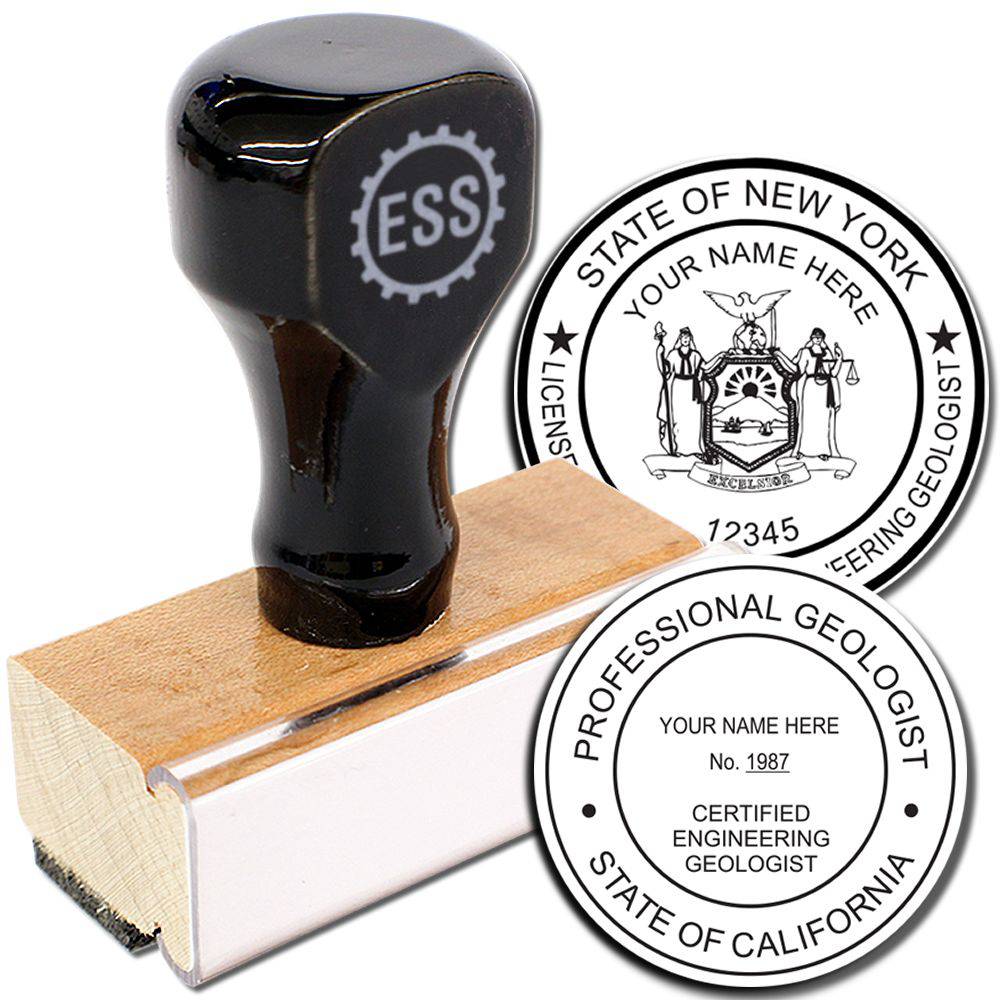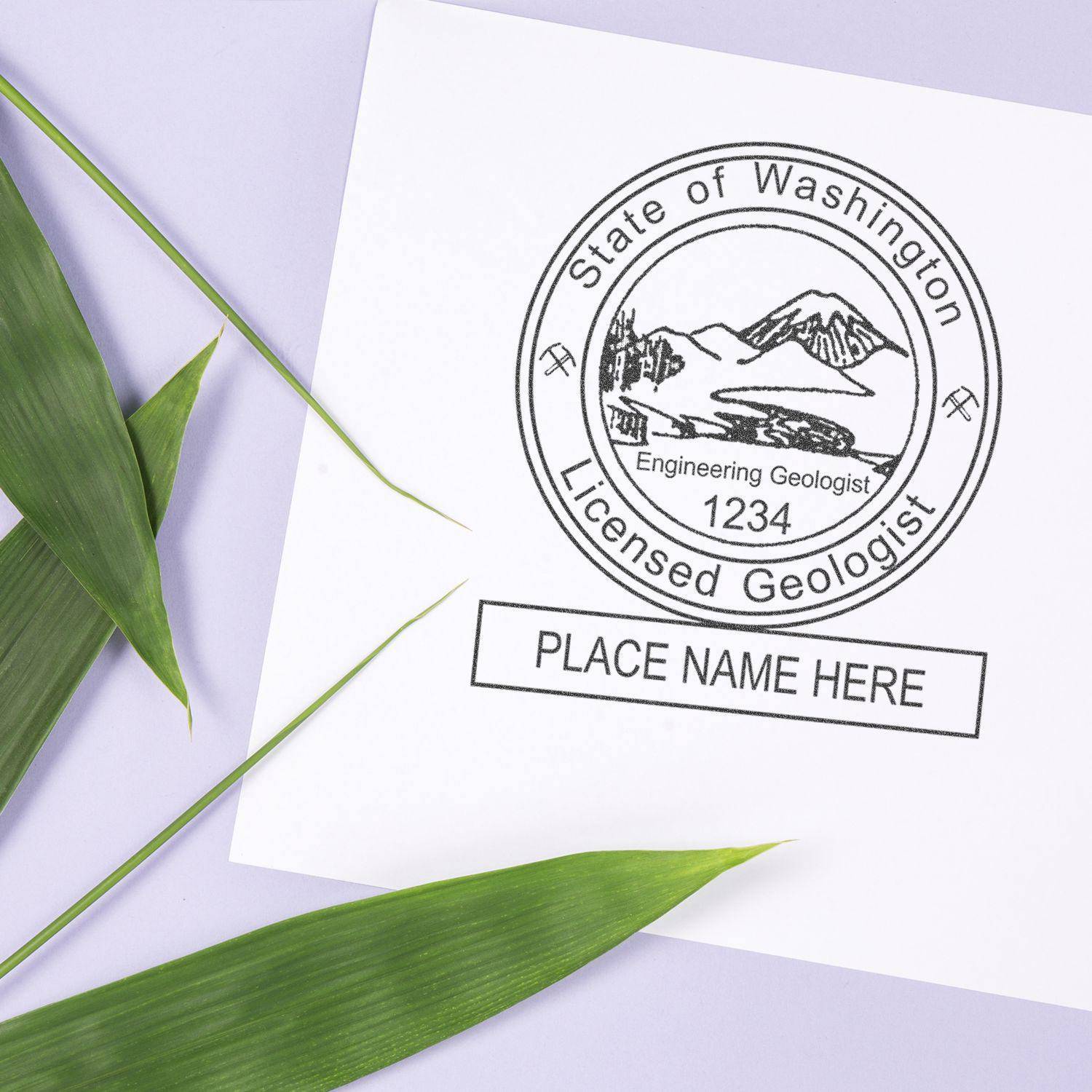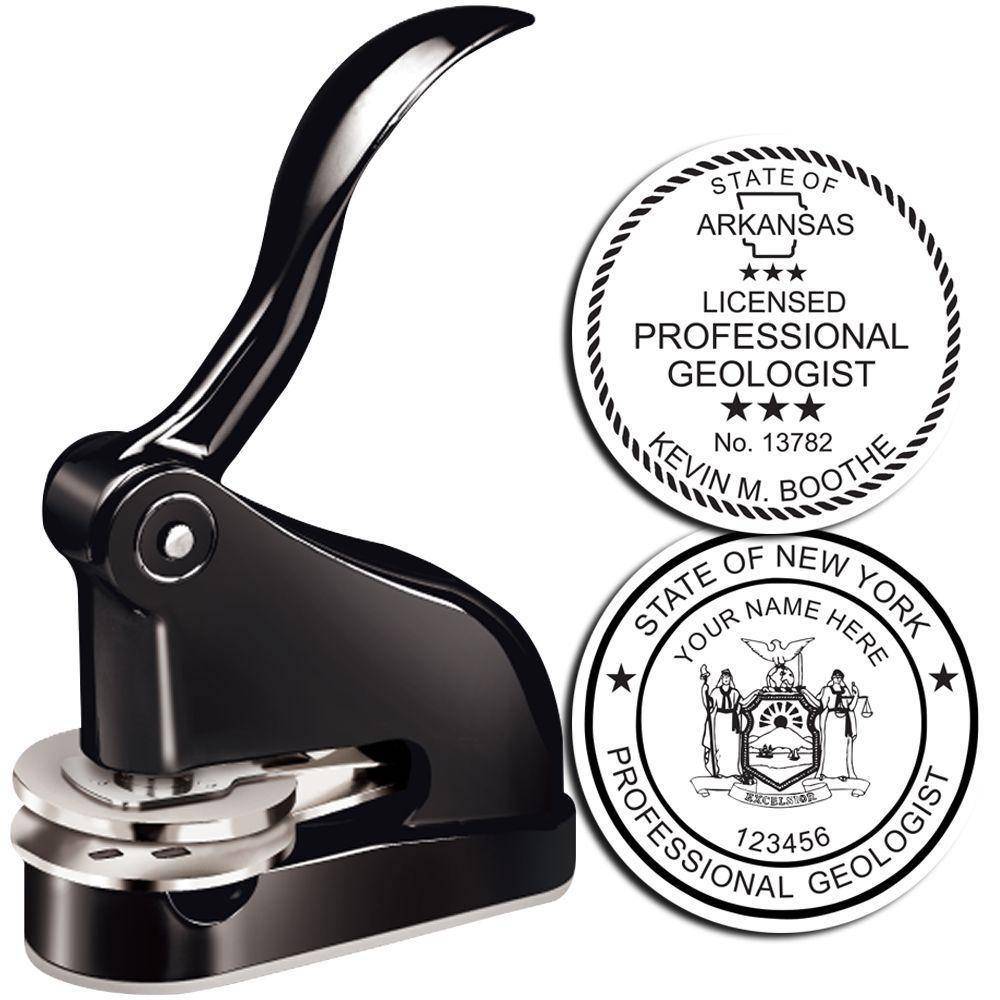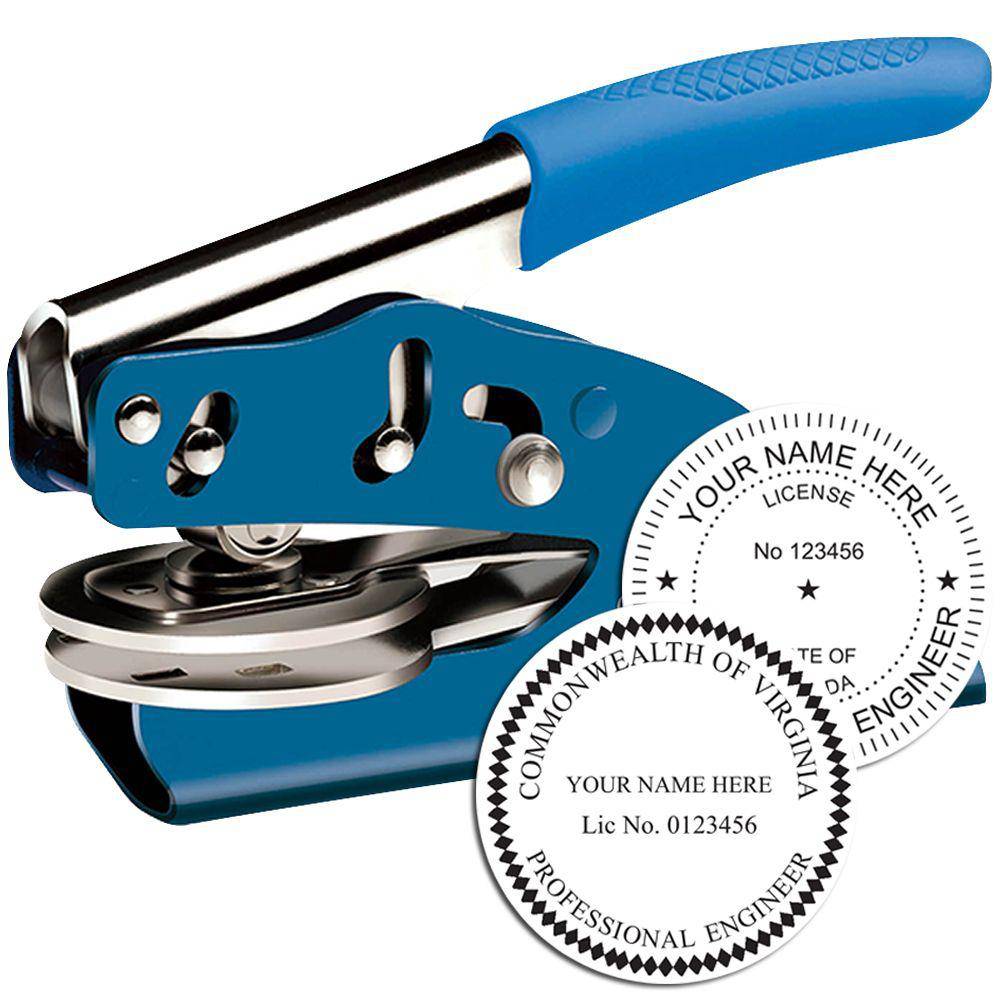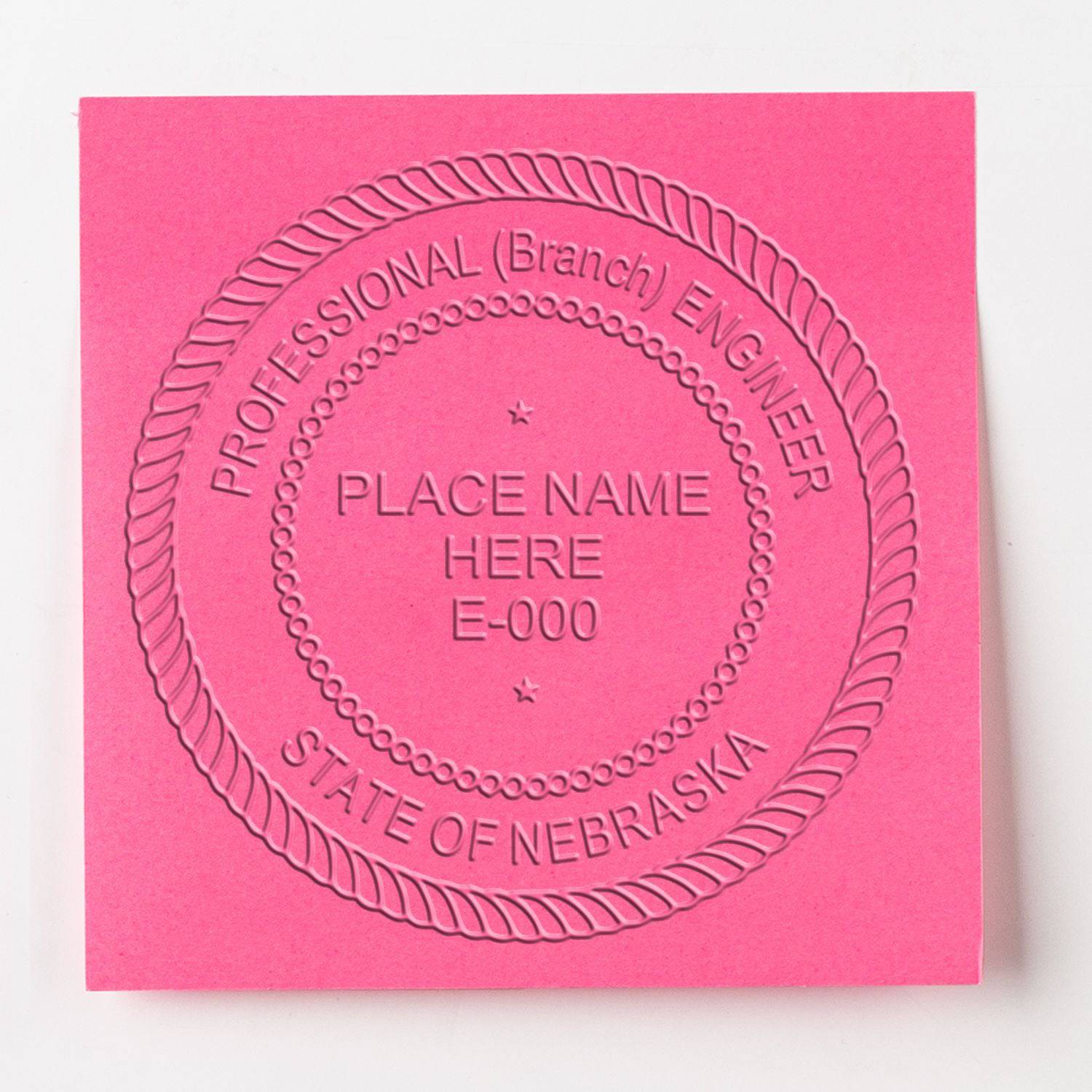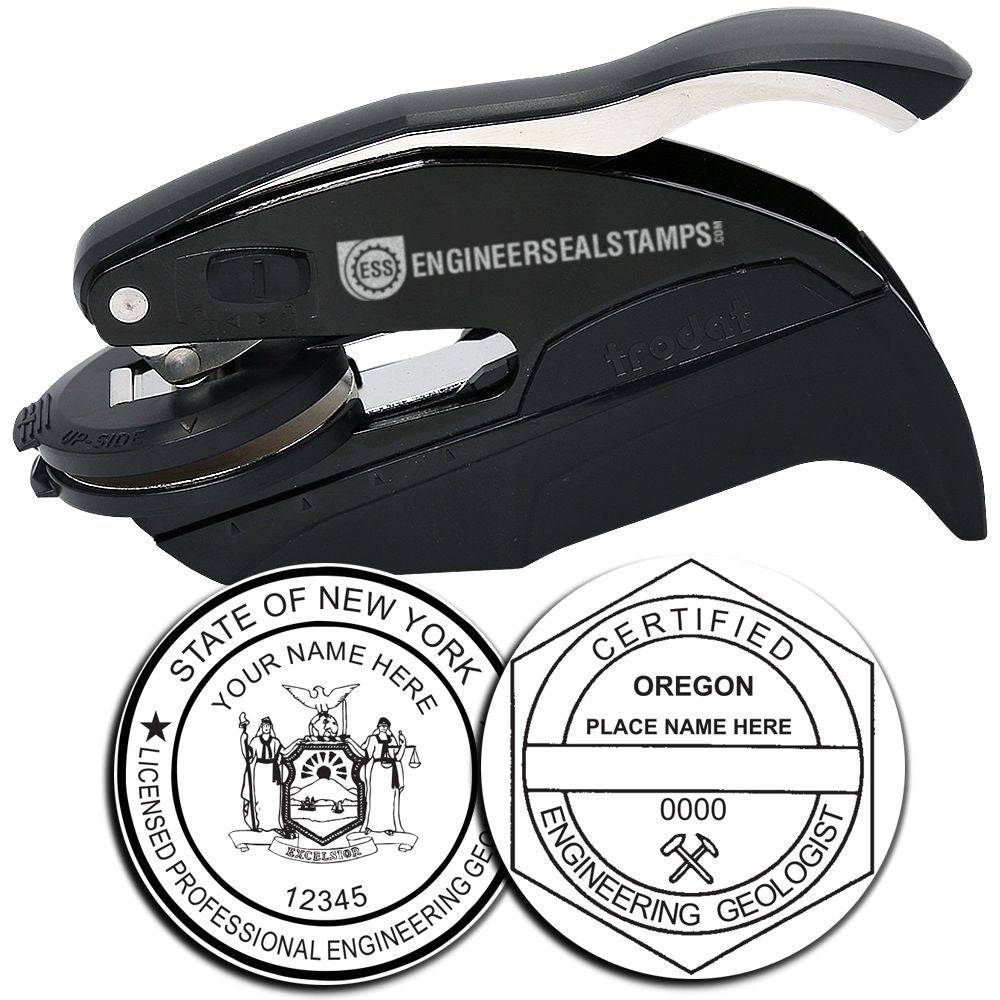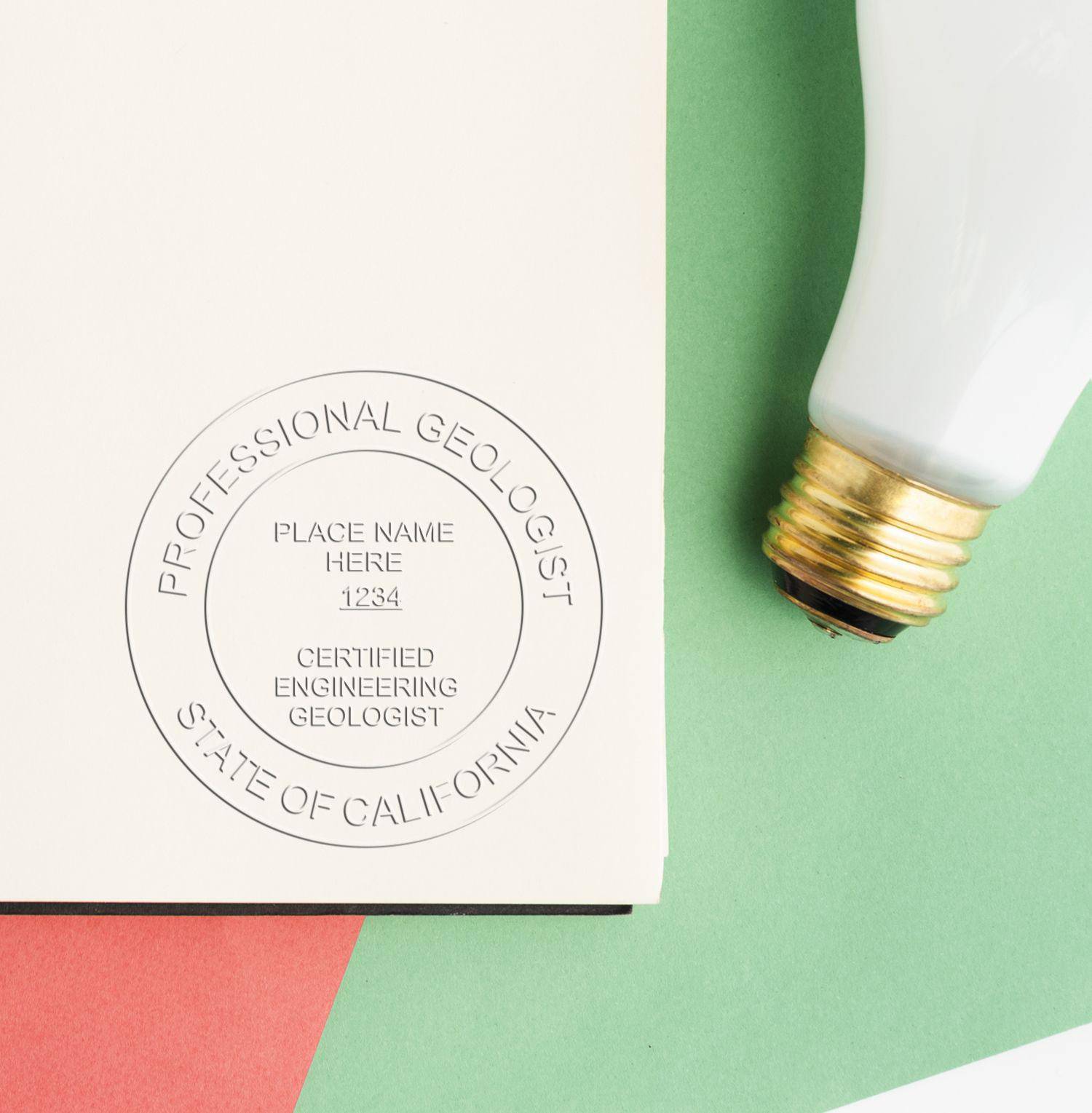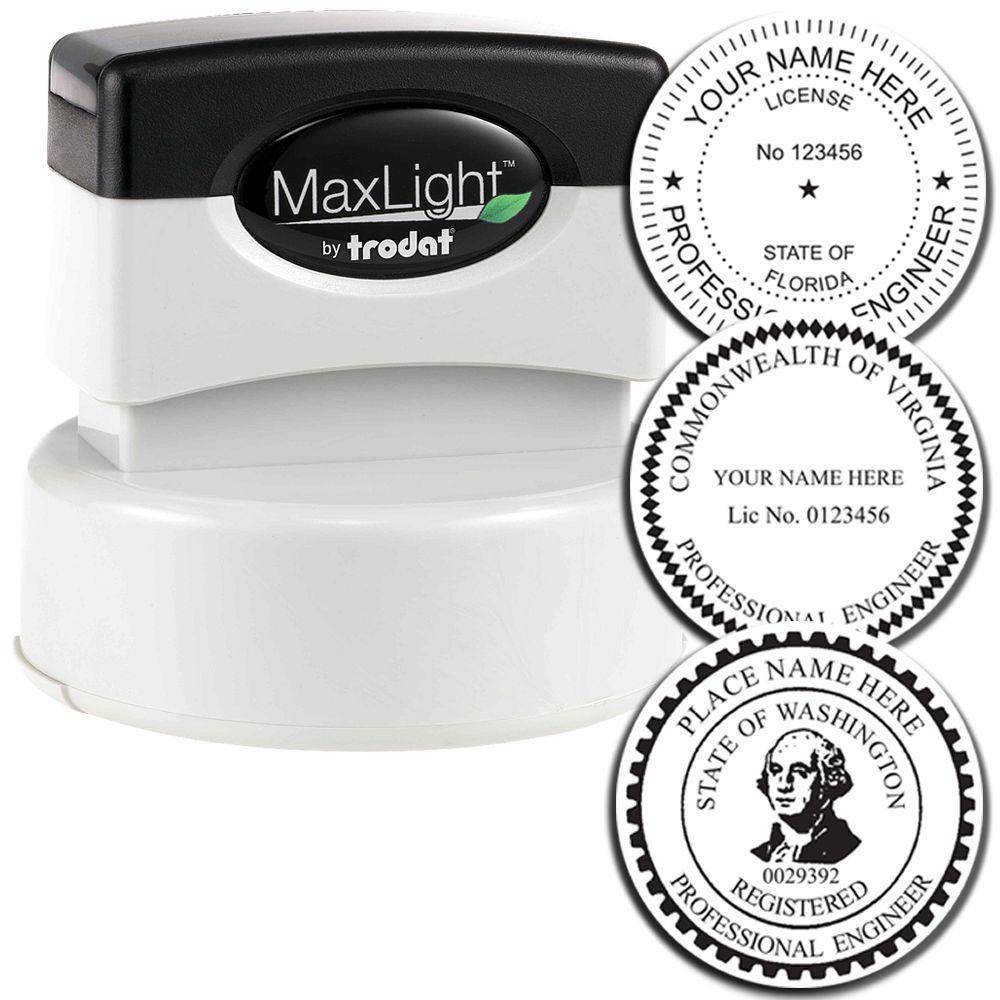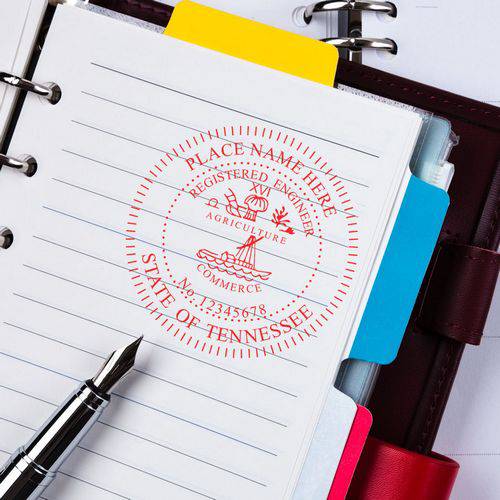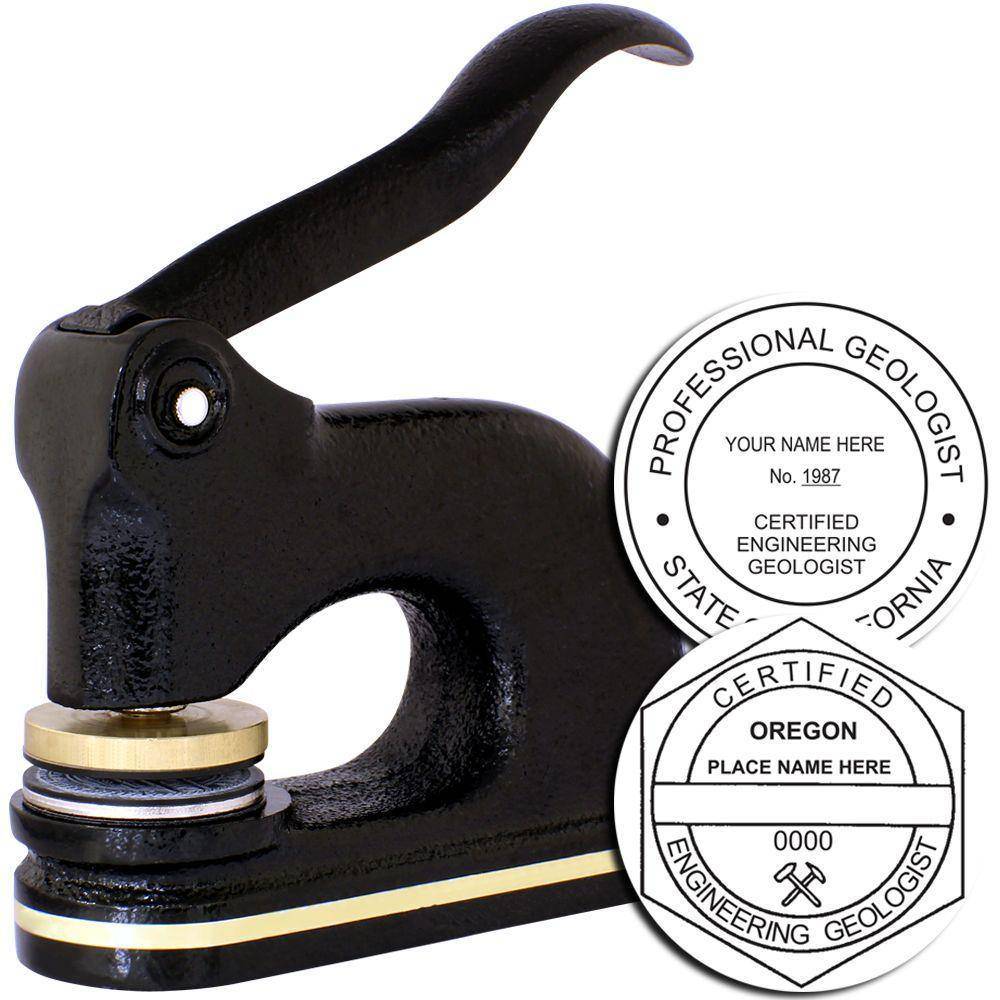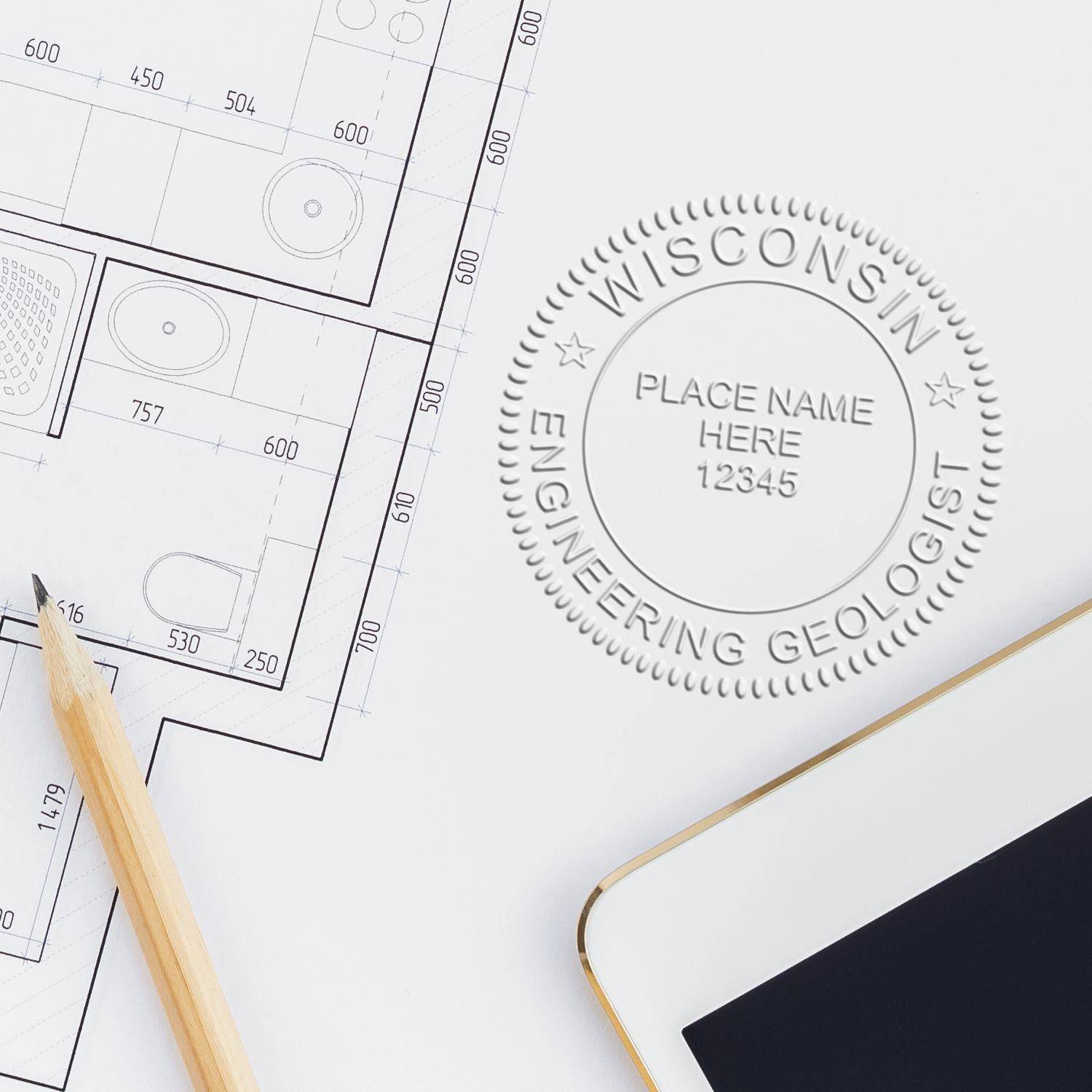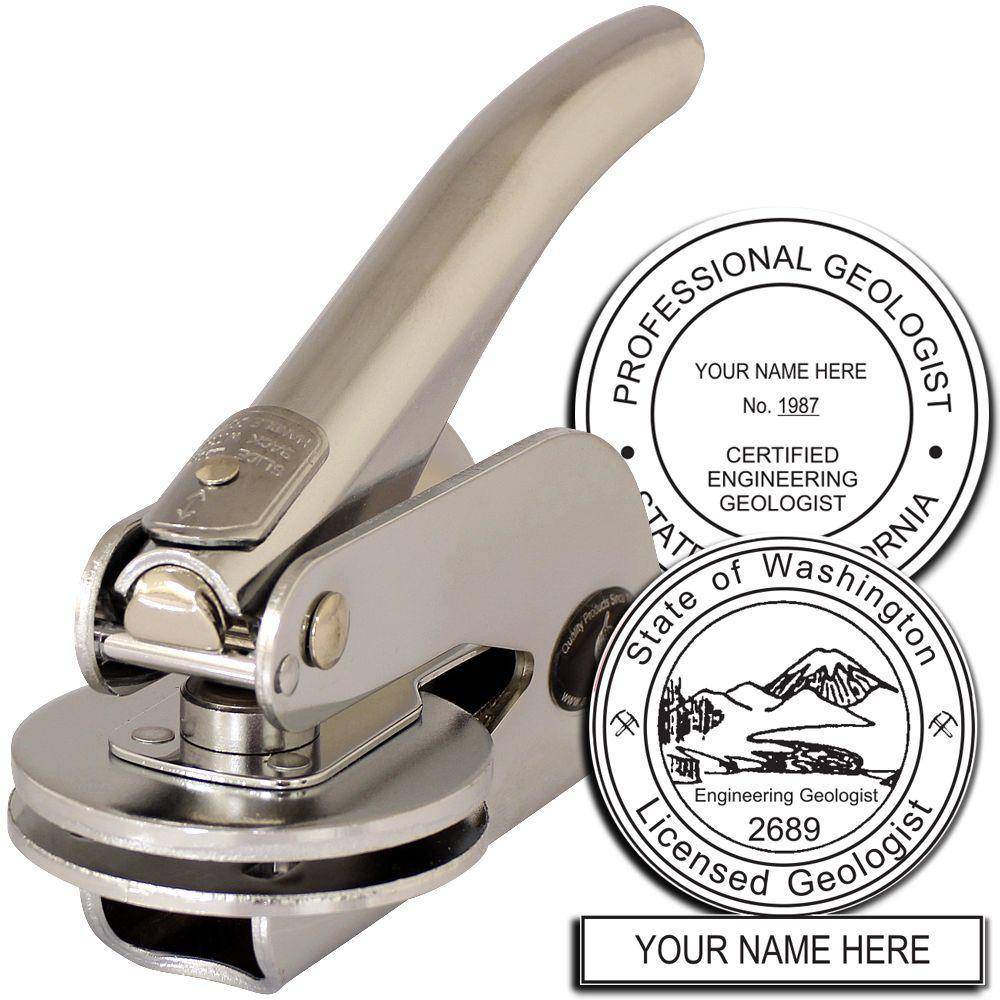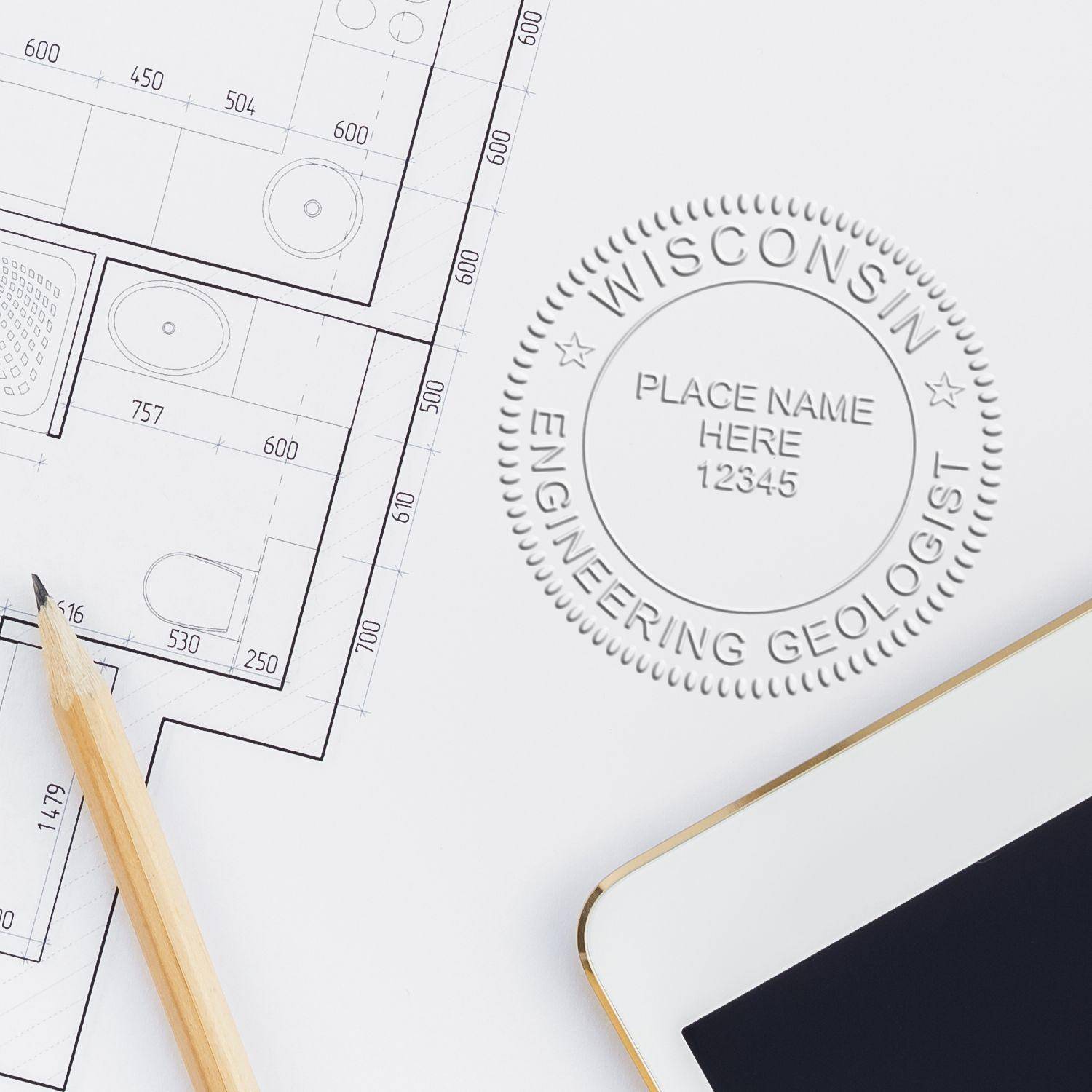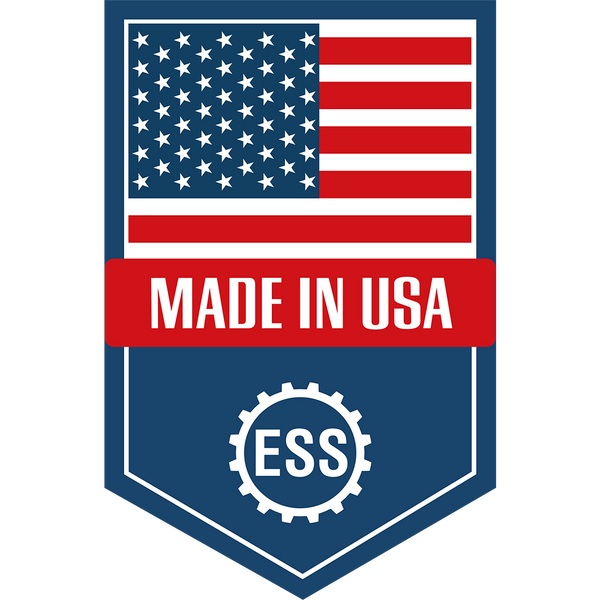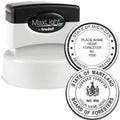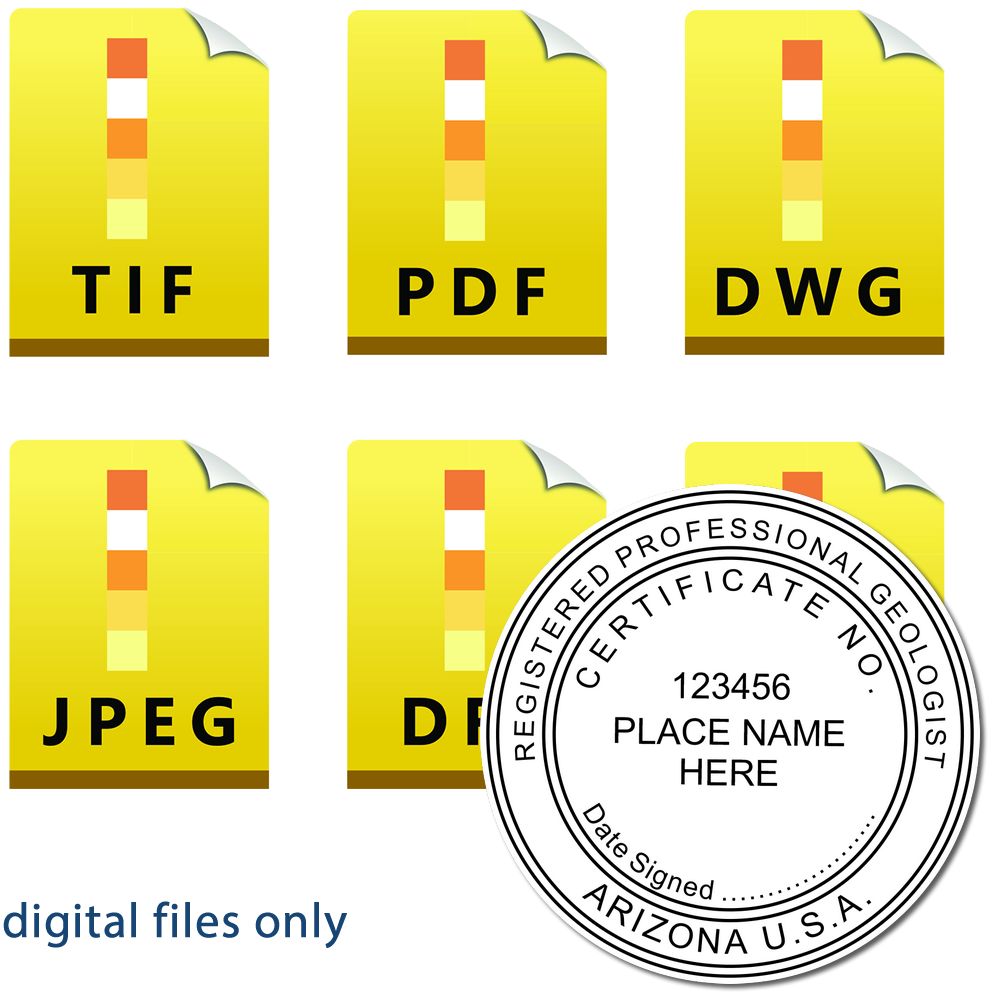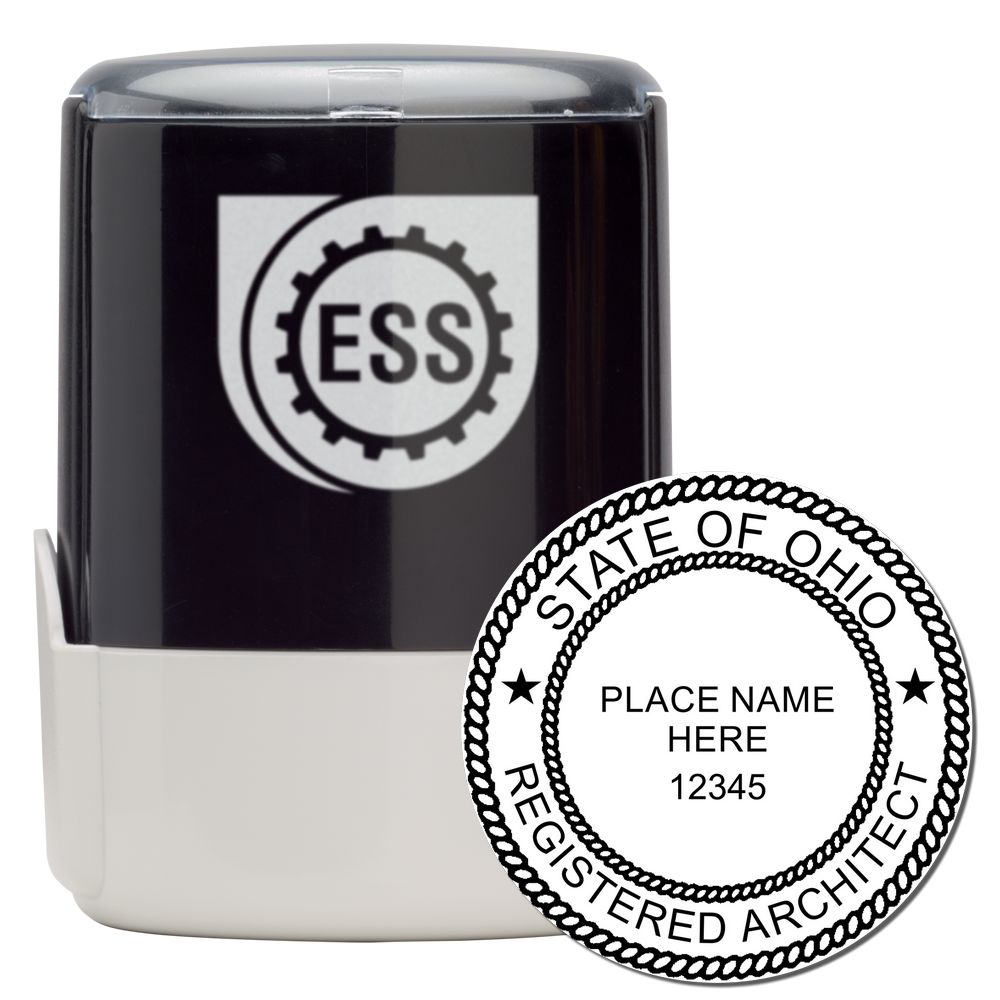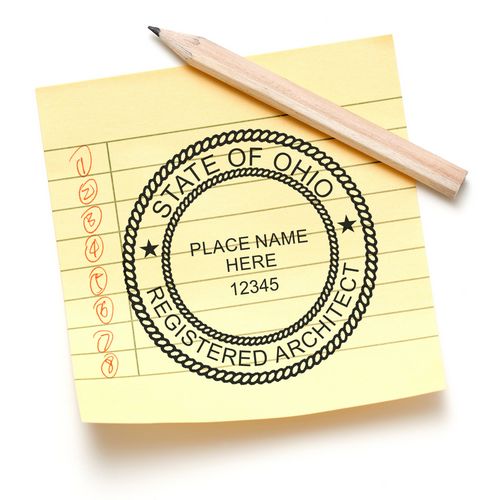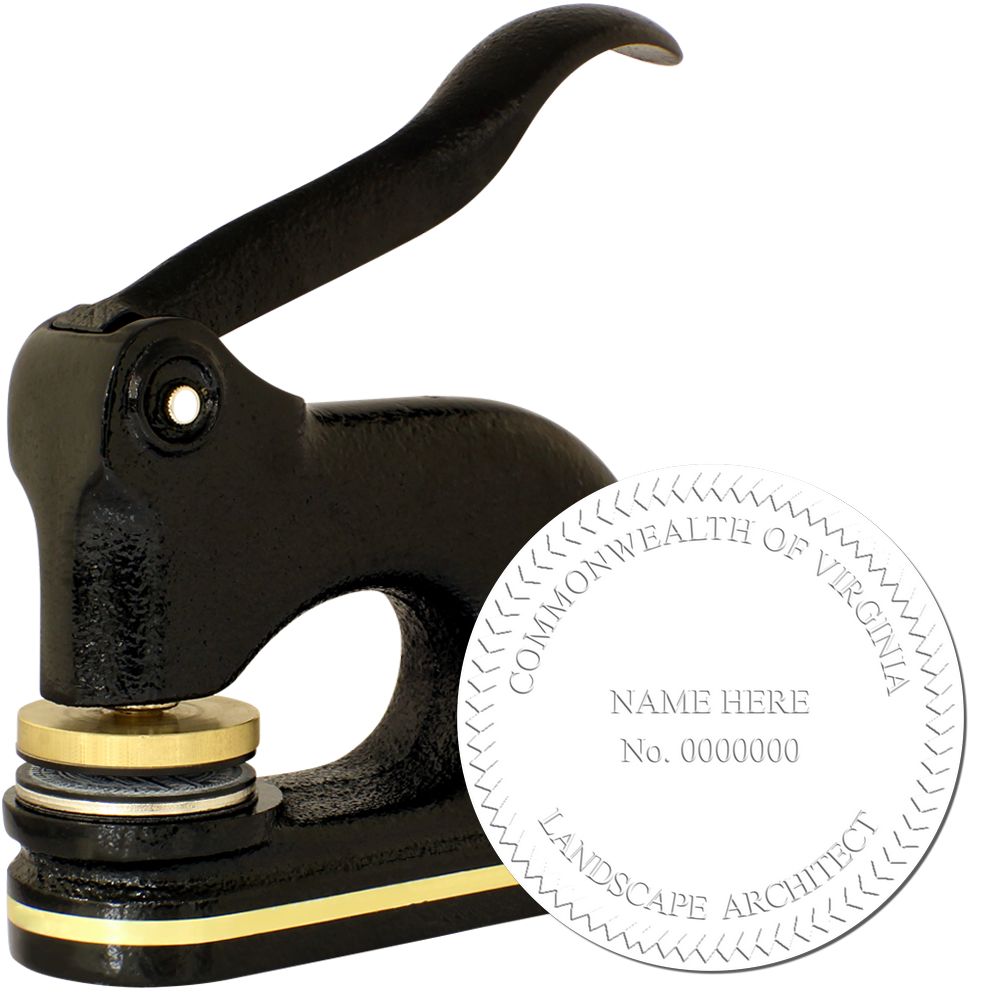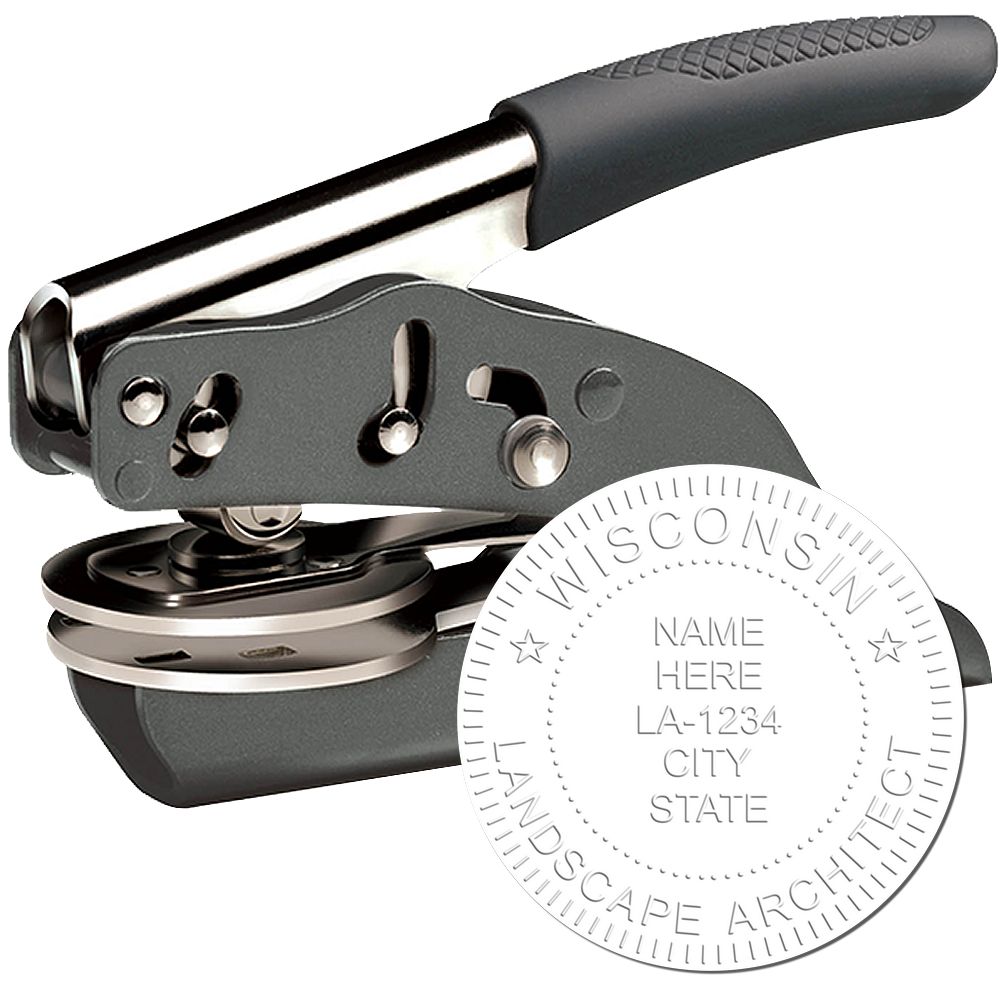The Importance of Civil Engineer Seals
Professional seals and stamps serve as an essential tool for various fields, including civil engineering. These seals play a crucial role in ensuring the authenticity and credibility of documents, plans, and drawings produced by civil engineers. Understanding the significance of civil engineer seals is important for both professionals and those seeking their services.
Understanding Professional Seals and Stamps
Professional seals and stamps are official imprints used by licensed professionals to certify their work. These seals typically contain the engineer's name, license number, and other relevant information. The purpose of these seals is to provide a visible indication that the documents or plans have been reviewed and approved by a licensed civil engineer.
Civil engineer seals serve as a form of verification, demonstrating that the work has been performed in compliance with industry standards and regulations. They give confidence to clients, contractors, and regulatory bodies that the engineering work meets the necessary requirements and has been endorsed by a qualified professional.
Why Civil Engineers Need Seals
Civil engineers are responsible for designing and overseeing a wide range of infrastructure projects, including bridges, roads, buildings, and water systems. The nature of their work requires precision, accuracy, and adherence to established codes and regulations. Civil engineer seals provide an official mark of approval, indicating that the engineer has reviewed and taken responsibility for the design, calculations, and specifications included in the documents.
In many jurisdictions, the use of a civil engineer seal is a legal requirement for submitting engineering documents for approval or permitting. It ensures compliance with local building codes, safety regulations, and other applicable laws. Seals also help to protect the public by ensuring that only qualified professionals provide engineering services.
By affixing their seal to documents, civil engineers affirm their professional competence and commitment to upholding high standards in their field. This not only enhances their reputation but also instills confidence in clients, stakeholders, and the public.
To learn more about other types of professional seals and stamps used in the engineering industry, such as architect seals and surveyor seals, visit our articles on architect stamps and surveyor seals.
Understanding the importance of civil engineer seals is essential for both professionals and those seeking their services. It ensures that engineering work is performed by qualified individuals and meets the necessary standards and regulations. Stay informed about the latest regulations and requirements related to civil engineer seals by regularly accessing reliable resources and staying up to date with industry changes.
What is a Civil Engineer Seal?
A civil engineer seal is an official mark or stamp used by civil engineers to authenticate their engineering documents and designs. It serves as a way to signify the engineer's professional authority and responsibility for the work performed. In this section, we will explore the definition and purpose of a civil engineer seal, as well as the legal requirements associated with it.
Definition and Purpose of a Civil Engineer Seal
A civil engineer seal, also known as a professional seal or stamp, is a unique mark or impression that is affixed to engineering drawings, plans, reports, and other professional documents. It represents the engineer's commitment to upholding the highest standards of professional conduct and competence in their field.
The primary purpose of a civil engineer seal is to provide authentication and verification of the documents prepared by the engineer. By affixing their seal to a document, the civil engineer takes responsibility for the accuracy, completeness, and compliance of the work presented. The seal signifies that the document has been prepared in accordance with applicable laws, regulations, and professional standards.
In many jurisdictions, the use of a civil engineer seal is a legal requirement for certain types of engineering work. It ensures that the engineer is licensed and authorized to practice engineering in that specific jurisdiction. The seal acts as a stamp of approval from a recognized authority, providing confidence to clients, regulatory bodies, and the general public regarding the validity and reliability of the engineer's work.
Legal Requirements for Civil Engineer Seals
The legal requirements for civil engineer seals can vary depending on the jurisdiction and the nature of the engineering work. Generally, the use of a seal is regulated by engineering boards, licensing bodies, or professional associations. These organizations establish the rules and guidelines for obtaining and using a civil engineer seal.
In some jurisdictions, civil engineers are required by law to affix their seal to engineering documents that are submitted to regulatory agencies, clients, or other stakeholders. This ensures compliance with applicable codes, standards, and regulations. Failure to use a proper seal when required can result in legal consequences and may invalidate the document.
It is crucial for civil engineers to familiarize themselves with the specific legal requirements for using a seal in their jurisdiction. This includes understanding the design specifications, size limitations, placement guidelines, and any additional information that must accompany the seal. Staying informed about changes and updates in civil engineer seal regulations is essential to ensure compliance and maintain professional integrity.
By understanding the definition, purpose, and legal requirements associated with civil engineer seals, engineers can confidently use their seals to authenticate their work and demonstrate their commitment to professionalism and quality in the field of civil engineering.
Design and Elements of a Civil Engineer Seal
A civil engineer seal is a distinctive mark of authority and professionalism that represents the competency and accountability of a civil engineer. Understanding the design elements of a civil engineer seal is essential for creating a seal that meets the necessary requirements and conveys the appropriate information.
Common Elements Found in Civil Engineer Seals
Civil engineer seals typically consist of several key elements that contribute to their professional appearance and legal validity. These elements may vary slightly depending on the jurisdiction, but some common components include:
-
Text: The seal usually includes the name of the civil engineer or their firm, along with their professional title, such as "Licensed Civil Engineer" or "Professional Engineer."
-
Registration Number: Many civil engineer seals feature a unique registration number issued by the licensing board or authority. This number helps to identify the engineer and ensures accountability.
-
State or Jurisdiction: The state or jurisdiction in which the civil engineer is licensed is often incorporated into the seal design. This serves as an additional identifier and indicates the area in which the engineer is authorized to practice.
-
Symbol or Emblem: A symbol or emblem related to civil engineering may be included in the seal design. This can range from a simple graphic element to a more intricate symbol representing the profession.
These elements work together to create a seal that is visually appealing, informative, and compliant with the requirements set by the licensing board or authority. It is important to consult the specific regulations and guidelines of your jurisdiction to ensure that your civil engineer seal meets all the necessary criteria.
Customization and Personalization Options
While certain elements of a civil engineer seal are standardized, there is often room for customization and personalization. The design of the seal can be tailored to reflect the individual style and preferences of the civil engineer or their firm, as long as it adheres to the prescribed guidelines.
Customization options may include:
-
Font Styles: The choice of fonts for the text elements of the seal can contribute to the overall aesthetic and professionalism of the design.
-
Graphic Elements: In addition to the required components, civil engineers may choose to incorporate additional graphic elements that are relevant to their specialization or personal brand.
-
Color: Some jurisdictions allow for the use of color in the seal design. Color can add visual appeal and help differentiate the seal from other professional stamps.
It is important to strike a balance between personalization and adherence to the regulations governing civil engineer seals. By working with a reputable seal provider, civil engineers can ensure that their customizations do not compromise the legal validity or professional integrity of the seal.
Understanding the design elements and customization options of a civil engineer seal is crucial for creating a seal that accurately represents the engineer's professionalism and meets the requirements of the licensing board or authority. By investing time and attention into the design process, civil engineers can obtain a seal that confidently reflects their expertise and authority in the field.
Obtaining a Civil Engineer Seal
To obtain a civil engineer seal, it is important to understand where to get one and the process and requirements involved. This section will guide you through the steps of acquiring a civil engineer seal.
Where to Get a Civil Engineer Seal
A civil engineer seal can be obtained from various sources, including online retailers, specialty stores, and professional supply companies. It is essential to choose a reputable provider that offers high-quality seals that comply with the legal requirements and standards. Look for a provider that specializes in engineering seals and has a good reputation within the industry.
Before making a purchase, consider researching different options and reading reviews from other professionals who have obtained civil engineer seals. This will help you make an informed decision and ensure that you are getting a reliable and durable seal.
Process and Requirements for Obtaining a Seal
The process of obtaining a civil engineer seal typically involves the following steps:
-
Verify the Requirements: Familiarize yourself with the specific requirements for civil engineer seals in your jurisdiction. These requirements may vary depending on the state or country where you practice. It is important to comply with the legal regulations to ensure that your seal is valid.
-
Choose the Design: Select a design for your civil engineer seal that meets the necessary criteria. The design should include all the required elements, such as your name, professional title, registration number, and the words "Civil Engineer" or an abbreviation like "CE."
-
Provide Required Information: Provide the necessary information to the supplier in order to customize your seal. This may include your name, professional title, and any other required details. Ensure that the information you provide is accurate and up to date.
-
Review and Approve: Once the design is prepared, review it carefully for accuracy and compliance with the legal requirements. Make sure that all the necessary information is included and that the design is clear and legible.
-
Place an Order: After reviewing and approving the design, proceed to place an order for your civil engineer seal. Provide the required payment and shipping information to complete the purchase.
By following these steps, you can obtain a civil engineer seal that meets the necessary requirements and allows you to authenticate your professional work. Remember to keep your seal in a secure place and use it responsibly in accordance with the guidelines provided by your jurisdiction.
For more information on professional seals and stamps, including engineering seals and architect seals, check out our related articles on engineering seals and architect seals.
Proper Use and Responsibilities
As professionals, civil engineers must adhere to certain guidelines and responsibilities when it comes to using their civil engineer seal. The use of this seal is not only a legal requirement but also carries ethical obligations. Let's explore the guidelines for using a civil engineer seal and the legal and ethical responsibilities that come with it.
Guidelines for Using a Civil Engineer Seal
When using a civil engineer seal, it's important to follow these guidelines to ensure its proper use:
-
Authorized Use: Only use your civil engineer seal on documents that you have personally prepared or reviewed and that require your professional certification. Using the seal on documents that you have not directly worked on is unethical and may violate regulations.
-
Proper Placement: Affix your civil engineer seal in a clearly visible and legible manner on the documents. The seal should not obstruct any critical information and must be placed in a way that it cannot be easily removed or tampered with.
-
Accuracy of Information: Ensure that the information provided on the documents bearing your seal is accurate and complete. It is your responsibility to review and verify the technical details, calculations, and any other information before affixing your seal.
-
Seal Reproduction: If you need to reproduce a document with your seal, ensure that the reproduction is of high quality and clearly displays all the necessary details. Unauthorized reproduction or alteration of your seal is strictly prohibited.
-
Confidentiality: Maintain the confidentiality of your seal and its associated information. Do not share your seal or allow others to use it without proper authorization. Protecting the integrity of your seal is essential to maintain professional trust.
-
Expiration and Renewal: Be mindful of the expiration date of your seal and ensure that it is renewed in a timely manner. Using an expired seal is a violation of regulations and may lead to legal consequences.
Remember, the guidelines for using a civil engineer seal may vary depending on local regulations and professional organizations. It's important to familiarize yourself with the specific guidelines applicable to your jurisdiction.
Legal and Ethical Responsibilities of Civil Engineers
Civil engineers have legal and ethical responsibilities associated with the use of their seal. These responsibilities include:
-
Professional Competence: As a civil engineer, you have a responsibility to perform your work with competence and to the best of your abilities. This includes ensuring that the documents you seal meet the required standards and regulations.
-
Public Safety: Civil engineers have a duty to protect public safety. When using your seal, you are certifying that the work meets applicable safety codes and regulations. It is crucial to prioritize public safety in all your professional endeavors.
-
Ethical Conduct: Conduct yourself with integrity and honesty when using your seal. Adhere to the codes of ethics set forth by professional organizations and maintain professional behavior in all aspects of your work.
-
Compliance with Regulations: Stay up to date with the regulations governing the use of civil engineer seals. Ensure that you are aware of any changes or updates to these regulations and comply with them accordingly.
By following the guidelines for using a civil engineer seal and fulfilling your legal and ethical responsibilities, you contribute to the professionalism and integrity of the civil engineering field.
To stay informed about changes and updates in civil engineer seal regulations, it is recommended to regularly consult professional organizations, regulatory bodies, and government agencies. These sources provide valuable resources and information to help you stay updated with the latest developments in your field.
Staying Informed and Up to Date
As regulations and requirements surrounding civil engineer seals continue to evolve, it is important for civil engineers to stay informed about any changes or updates. Remaining up to date helps ensure compliance with the latest standards and enhances professional practice. In this section, we will explore the changes and updates in civil engineer seal regulations and highlight resources for civil engineers to stay updated.
Changes and Updates in Civil Engineer Seal Regulations
Civil engineer seal regulations can vary between jurisdictions and may be subject to amendments over time. It is crucial for civil engineers to stay informed about any changes that may affect their professional practice. By keeping up to date with the latest regulations, civil engineers can maintain compliance and provide services in accordance with the appropriate legal requirements.
To stay informed about changes in civil engineer seal regulations, civil engineers should regularly review updates from relevant professional organizations, governmental agencies, and licensing boards. These organizations often provide newsletters, publications, or online resources that highlight any changes or proposed amendments. By actively engaging with these resources, civil engineers can stay informed and adapt their practices accordingly.
Resources for Civil Engineers to Stay Updated
There are various resources available to civil engineers that provide valuable information and updates related to civil engineer seals. These resources ensure that civil engineers are aware of current best practices and regulatory requirements. Some key resources include:
-
Professional Organizations: Professional organizations such as the American Society of Civil Engineers (ASCE) and the National Society of Professional Engineers (NSPE) offer resources, newsletters, and conferences that cover a wide range of topics relevant to civil engineers. These organizations often provide updates on seal regulations, industry trends, and advancements in the field.
-
Governmental Agencies: Governmental agencies, such as state engineering boards or professional licensing boards, play a crucial role in establishing and enforcing regulations related to civil engineer seals. Their websites and publications often provide information on changes in regulations, licensing requirements, and any proposed amendments.
-
Online Forums and Communities: Engaging with online forums and communities dedicated to civil engineering can be a valuable way to stay updated. These platforms allow civil engineers to connect with peers, discuss industry-related topics, and share information about changes in regulations or best practices.
-
Continuing Education: Participating in continuing education courses or workshops specific to civil engineering can help civil engineers stay up to date with industry developments. These educational opportunities often cover topics related to professional practice, regulatory changes, and emerging technologies.
By utilizing these resources, civil engineers can stay informed about changes in civil engineer seal regulations and ensure they are practicing in accordance with the latest standards.
Keeping abreast of changes in civil engineer seal regulations is a vital aspect of professional practice. By staying informed through reliable resources, civil engineers can adapt to any amendments and continue to provide services that meet the highest professional standards.
About ESS
Engineer Seal Stamps, also known as ESS, is a leading provider of high-quality custom rubber stamps, professional seals, and notary stamps. With a commitment to excellence in both product and service, we take great pride in offering a state board guarantee on all of our products. Our top-of-the-line engineer seal stamps and professional seals are perfect for architects, engineers, and anyone else in need of reliable and accurate stamping solutions.
At ESS, we understand that time is valuable. That's why we offer a quick turnaround on all of our products, ensuring that you receive your order in a timely and efficient manner. We believe that customer satisfaction is the foundation of any successful business, which is why we strive to provide stellar customer service to all of our clients. From the moment you place your order, our knowledgeable and friendly staff will work closely with you to ensure that your needs are met in every way possible.
In addition to our commitment to quality products and exceptional customer service, ESS also strives to be an environmentally conscious company. We make every effort to reduce our environmental impact by using sustainable and eco-friendly materials in our stamp production process. At ESS, we are dedicated to providing our customers with the highest quality stamping solutions. With our commitment to excellence, state board guarantee, quick turnaround, and environmentally conscious practices, you can trust that you are receiving the best products and service available.

